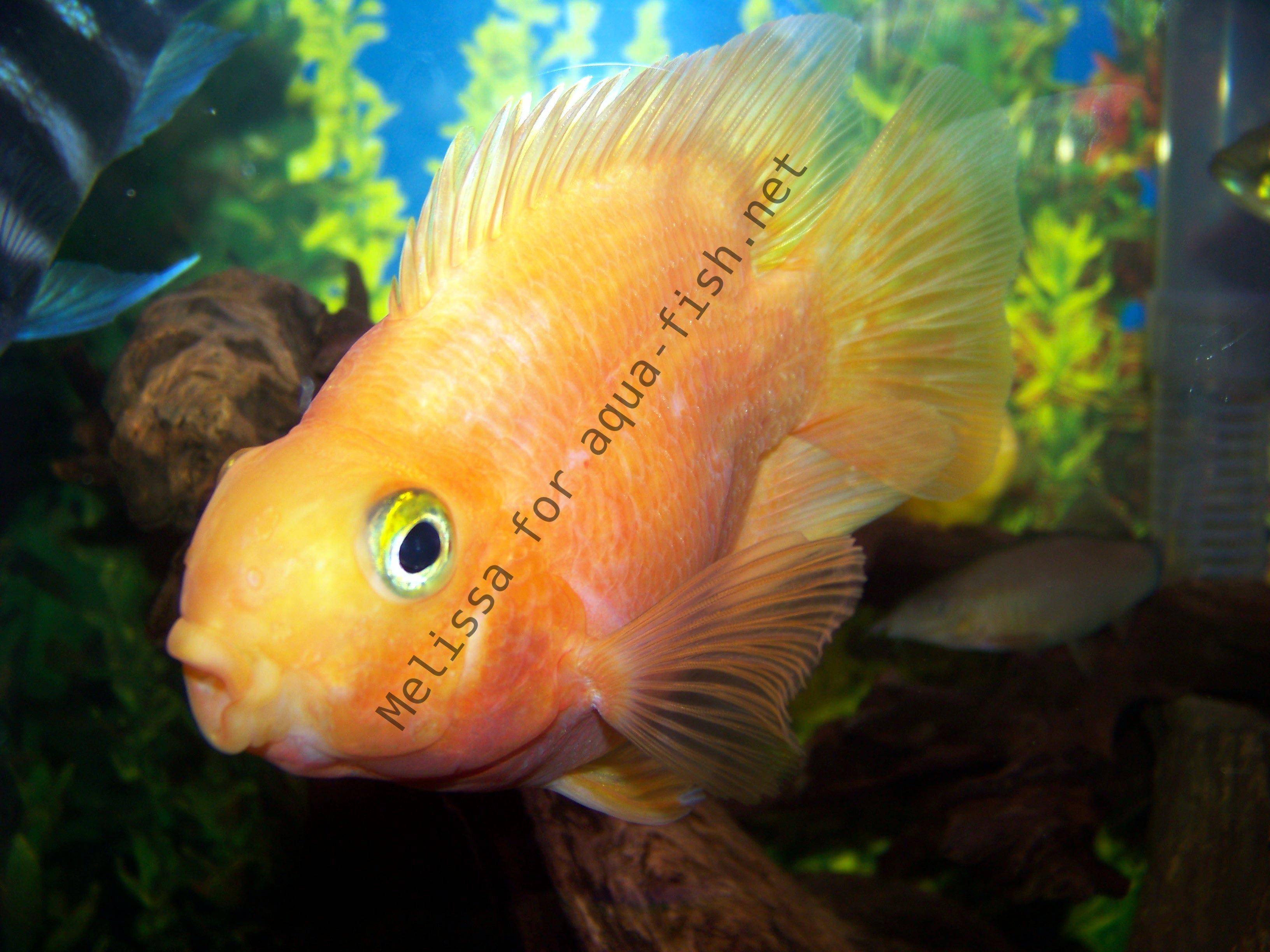

The dorsal fin extends throughout the entire length of the fish and features prominent spikes. Adult males have long flowy fins and a squared-off tail. They can be identified by their large dorsal and pelvic fins. The Apisto Macmasteri has some seriously intimidating looks. They do well in community tanks and are hardy enough to thrive in changing water conditions. Yellow Dwarf Cichlids are considered to be one of the gentler Apistogramma species.

You might also see contrasting red markings as well. Many specimens have iridescent blue spots covering the entire head. The heads of these fish have some distinct markings as well. Spots of dark blue can be found along the body as well. Though, most have lovely shades of blue that cover the fits. They’re commonly referred to as Umbrella Cichlids or simply Yellow Dwarf Cichlids.Īs you might have guessed, yellow is the primary color. Offering a more subdued color pattern is the Apistogramma borelli. As such, they’ll need plenty of room to hide. They’re smaller and have a sleek shape that tapers off on towards the end of their bodies.Īgissiz’s Dwarf Cichlids tend to be a bit more territorial than other species. The fins take on a different shape than the Cockatoo species. The upper half of the body is a rich blue while their bellies maintain that yellow-gold hue. Some Agassiz’s Dwarf Cichlids can be covered in blue as well. Like all Apistogramma species, the females are slightly duller and smaller. Take one look at these fish and it’s not hard to see why they have the “Cockatoo” moniker. Lovingly referred to as Dwarf Cockatoo Cichlids, this species is one of the most popular in the fishkeeping community. Here are some of the most common types of Apistogramma available to aquarists: Apistogramma Cacatuoides Plus, they have distinct looks that make them relatively easy to identify. They’re found in different parts of South America. While there are a lot of similarities in terms of care and environment, each species is unique. In total, there are over 90 different Apistogramma species! Many newly discovered species still need to be evaluated by the scientific community. They require excellent water quality conditions to truly thrive. These fish can be a bit of a challenge to take care of. With that said, they are not for newbies. Their eye-catching looks don’t hurt either. Thanks to their fun personalities, Apistogramma have become incredibly popular in the community. These days, the easiest way to admire these fish up close in aquariums. The fish also live on the edges of larger lakes, though most tend to stick to shallower habitats. They’re usually found living in slow-moving rivers and streams around the Amazon basin. In the wild, they can be found all across South America. As you might have guessed from their Dwarf Cichlid nickname, these fish also belong to the Cichlidae family. There are several species that fall under the Apistogramma umbrella. Technically speaking, Apistogramma is the name of the genus. They love to explore their territory and will often interact with things they see on the other side of the glass. Not only do they look great, but they’re one of the most inquisitive fish you can get for a freshwater aquarium. Also known as Dwarf Cichlids, Apistogramma are vibrant and lively fish.


 0 kommentar(er)
0 kommentar(er)
